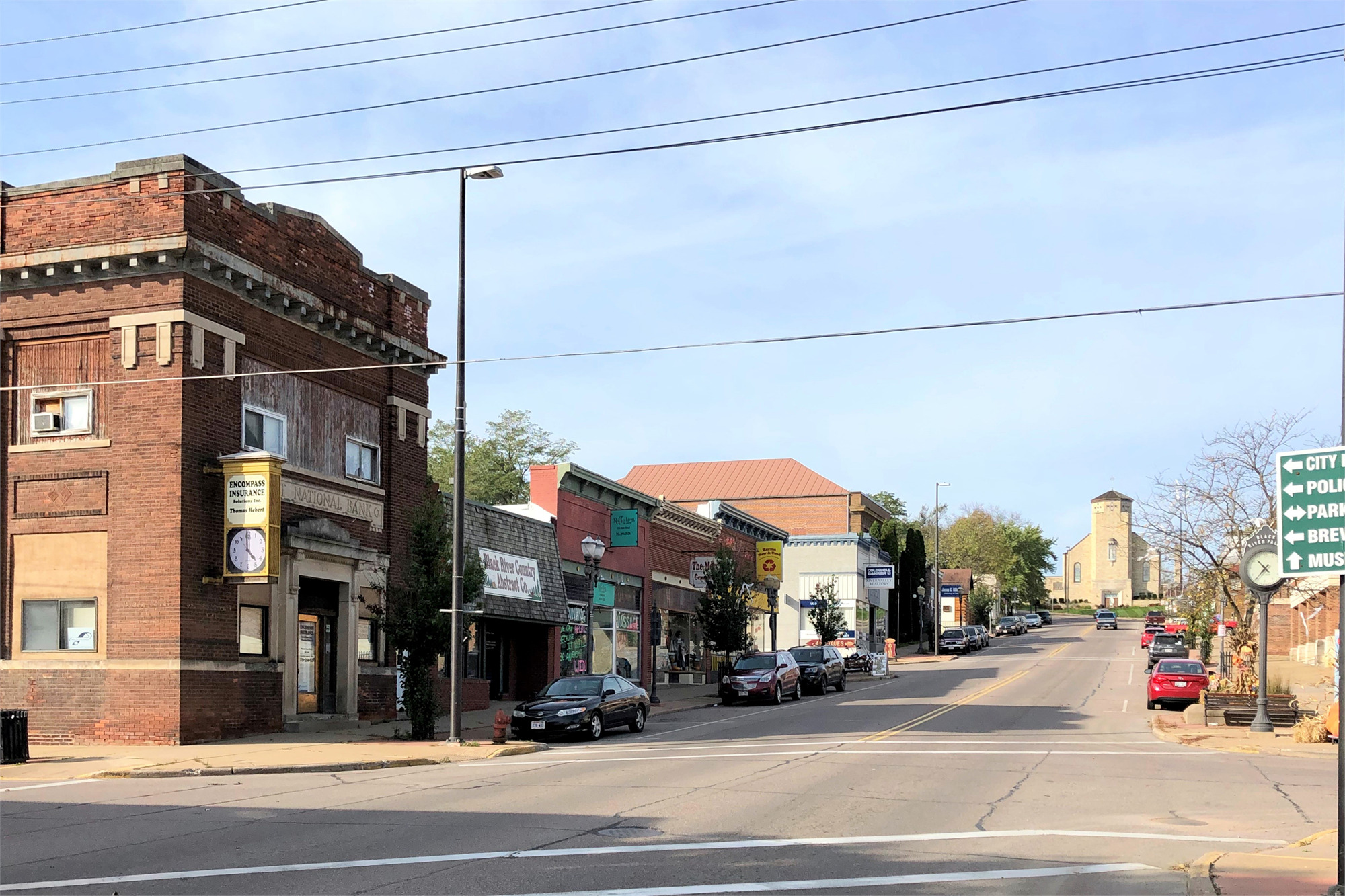CLG Program Helps Cities Capitalize on Historic Downtowns

Wisconsin’s Certified Local Government (CLG) program provides grant funding and policy expertise to
help communities around the state leverage their historic downtowns to strengthen the local economy
and attract new businesses. The program is coordinated by the State Historic Preservation Office
(SHPO), and is designed to help cities incorporate historic preservation into planning and economic
development programs.
How to become a CLG Community:
Villages, cities, and counties in Wisconsin can be CLG communities. A municipality begins by adopting an
ordinance that creates a local Historic Preservation Commission (HPC) of appointed citizens with
expertise in architecture, history, planning, construction and related fields. The ordinance establishes
criteria and processes for designation of historic properties, and standards for rehabilitation, repairs,
and maintenance. The ordinance gives authority to the HPC to review and approve exterior alterations
to designated historic properties. Once the ordinance and the commission are in place, the city can
apply for CLG status.
Benefits of CLG status:
Local governments with CLG status can apply annually for grants up to $50,000 from the SHPO. Grants
do not a require a match and can cover staff time for grant administration. Funding can be used for
surveys to identify historic properties, to nominate them to the National Register of Historic Places, to
develop a local historic preservation plan, to create design guidelines for designated properties and
districts, or to create educational programs related to historic properties. Funds can even be used to
host training and education conferences for Commissioners from around the state.
CLG communities are given an opportunity to review and comment on National Register of Historic
Places nominations in their jurisdictions. They also have direct access to SHPO staff with expertise in
historic architecture, archaeology, historic preservation planning, and historic preservation policies at
the local, state, and federal levels.
Most of Wisconsin’s 73 CLGs have used grant funding to survey their communities for historic resources.
They can then apply for additional grants to nominate surveyed properties to the National Register of
Historic Places (NRHP). Listing in the NRHP places no rules or restrictions on properties but has the
benefit of making owners eligible for state and federal tax credit programs.
That’s where economic development and downtown revitalization come in:
Owners of commercial buildings listed in the NRHP can combine the federalcredit (20%) and state credit
(20%) for a direct credit to their income tax obligations totaling 40% of eligible and approved repair and
rehab work on their buildings. Eligible work can include roofing, siding or masonry repair, window repair
(sometimes replacement), HVAC, electrical, and plumbing.
We’re here to help:
The SHPO coordinates the CLG program and issues grant solicitations once a year. Our office has
experts in historic preservation policies and practicalities. It’s our job to help Wisconsin communities
develop historic preservation programs that fit local needs and goals and to help save, reuse, and revitalize historic buildings that make our communities unique.

Contributed by WDAC Partner:
JASON TISH, CERTIFIED LOCAL GOVERNMENT COORDINATOR PRESERVATION EDUCATION COORDINATOR at the Wisconsin Historical Society.
